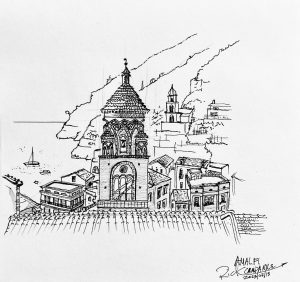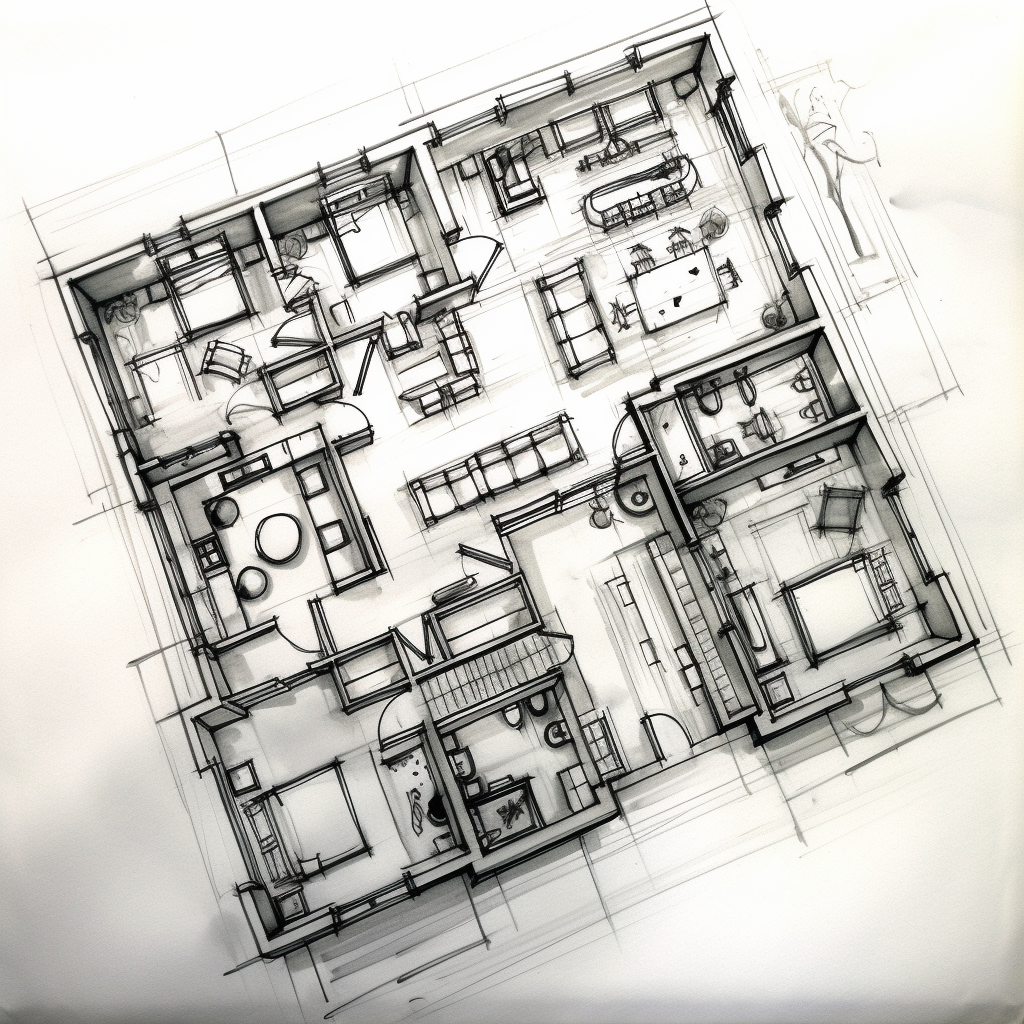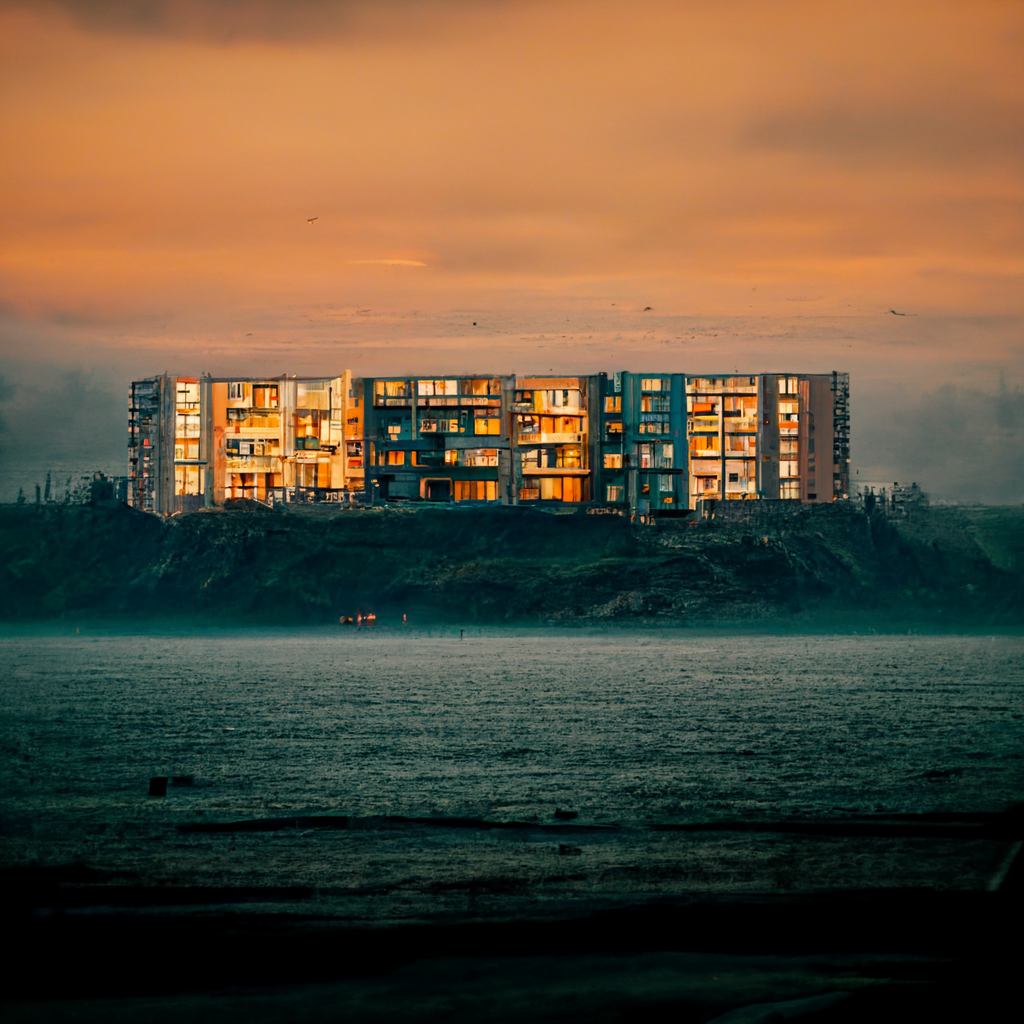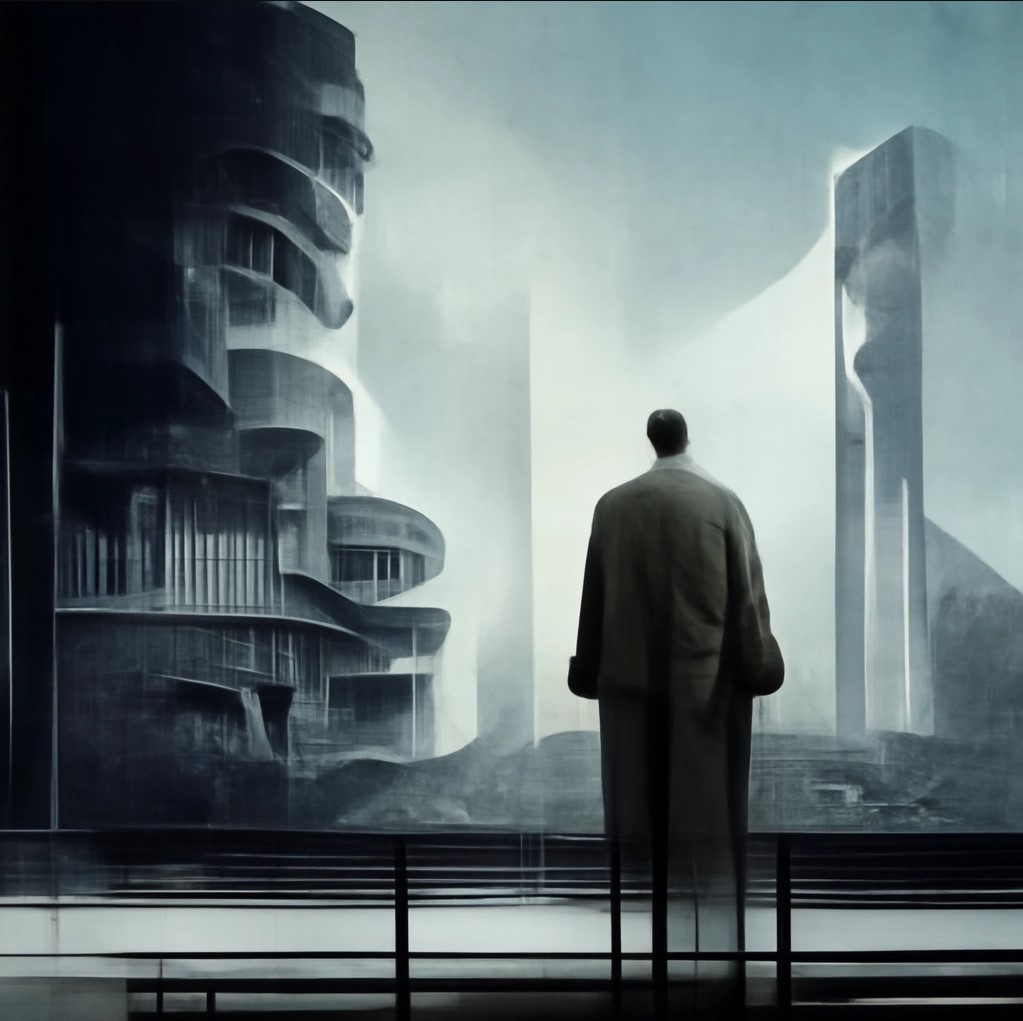Sketching was not for Sketching
- By Richard |
- In Thoughts |
- With No Comments
- Tagged with #rickitect |
- On 21 Aug | '2023
Sketching was for Data Collection
Architects I interact with have expressed sketching as a lost art form. They romanticize about our fading ability with our faithful pencil and paper companions.
While considering the speed and convenience of digital tools, hand sketching still permeates the minds of many architects, like a nagging feeling that ‘I’m doing it wrong’. So on a random lunch break or weekend, one might venture out to find a comfortable park bench, sit down, then start sketching something random but attractive – not really sure why, just that it’s something that must be done!
The truth is that sketching is not what it seems. It’s actually data collection. In order for ancient architects to improve their knowledge set and impress new clients, they needed to expand their collection of building designs. So they would travel and sketch what they saw: column caps, archways, beam spans and beam sizes, floor plans and elevation drawings. And they would do so at great lengths of time, not like the few days or less that we afford today when vacationing. Architects would travel to a place and stay there for long periods of time due to the lengthy travel time and risks during travel. This gave them the opportunity to spend multiple days sketching something well.
They would then take their data collection back to their home city and bring those concepts with them as their own, or they would create their own interpretations of it.

Take this this sketch of mine from Amalfi, as an example. I had no particular reason to sketch it, other than to practice my sketching skills. I even took a photo and a video of the context. There is no doubt I had a sense of peace and calm while sketching it. And I did cement into my mind the materials, shapes, and forms of the architecture. I even got a “ooh” and “ahh” from passersby – which always feels nice… But I was missing the point! Additionally, the point would be for nothing anyway, because I wasn’t going to take this elevation sketch back to my country to reproduce this type of architecture back home. Instead, the sketch serves as the practice of an outdated artform. I was sketching for the sake of sketching.
Today, as modern architects, we don’t need to travel for months to collect data. We can snap a quick photo to capture the data. And even that isn’t always necessary, since most famous architecture is already photographed, and the images are usually widely available in public web sources. So the act of collecting this data as an architect isn’t necessarily as instrumental as it used to be, because it’s available on demand.
Today, all we need is a quick internet search or a walk through Google Street View to verify or experience a design. Sketching is still a valuable way to collect data, to explore ideas, and to communicate our designs. It’s a skill that all architects believe they need to cultivate, when in today’s age, it’s not as necessary as it used to be.
With the advent of AI, and the ability to generate any content based on mashed up words, even the need to sketch on the back of a napkin may fade away soon. Because ideas may be procedurally generated in life-like renderings within seconds.
#rickitect


